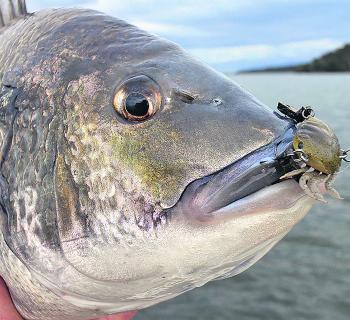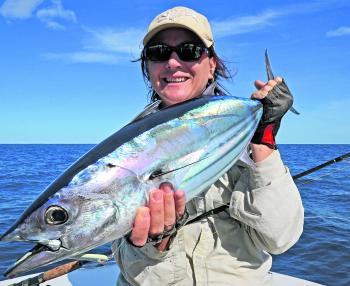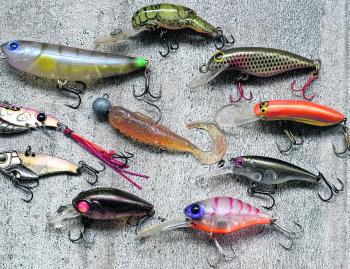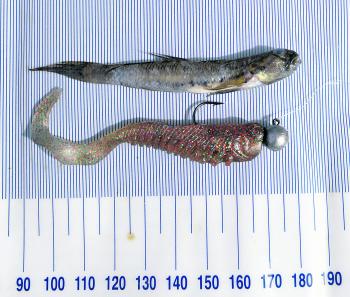It turns out that successful lure fishing and puppetry have a great deal in common!
Winter is finally behind us and, with it, the bulk of the ‘show’ season. Boat shows, tackle shows, 4WD and camping shows, lifestyle and leisure shows… I’ve lost count of how many of these events I’ve attended over the past few months.
At several of these expos I was called upon to present talks on stage, and my recurring ‘theme’ for this past show season has been finesse lure fishing and how to get the most out of it. My emphasis in these public presentations has been on ‘working’ lures: in other words, what you do with your rod, reel and line once your lure actually hits the water.
In my opinion, far too many anglers place way too much emphasis on the ‘what’, ‘where’ and ‘when’ of lure fishing and nowhere near enough on the question of ‘how’. In other words, they want to know the magic lure, the secret spot and the peak time to fish. They become so locked in on these parts of the process that they completely forget all about the importance of working the lure correctly once it’s in the water.
I firmly believe that how you present and work a lure is often far more important to angling success than the actual choice of lure model, size or colour. To put it another way, the magic show is performed by the magician, not by his or her wand!
The biggest single mistake in this regard made by most new chum lure fishers (and even a few older hands) is failing to visualise what their lure is doing in the water, and exactly what it’s supposed to be imitating or representing. My wife Jo has a great analogy for this. She likes to compare lure fishing to performing a puppet show, where the angler is the puppeteer and the lure is the puppet. The more lifelike the performance we put on with our chosen ‘puppet’, the more convinced our ‘audience’ (the target fish) will be.
So, if we’re attempting to represent a crab with our lure, it should not only look something like a crab, but it should also behave like a crab. Last time I checked, not too many crabs skip merrily across the surface at eight knots or dart and dash through mid-water. Instead they scuttle, crawl and shuffle across the seabed, or climb about slowly on rocks, kelp stems and pylons… And those are the key actions we need to imitate with our crab-style lures.
By contrast, garfish mostly swim in the upper layers of the water column and, when alarmed, they’ll frequently skip clear of the surface as they dash rapidly away from danger. A lure intended to represent a garfish should do these things.
One of the best ways to understand how lures need to be worked for optimum results and at what speeds they perform best is to closely study their behaviour in the water while you try out different presentation strategies. Admittedly, this can be a tad tricky in dirty water, but if you have a backyard swimming pool or access to one, it’s well worth spending a few hours trying out a bunch of lures and presentation strategies. As the weather warms, it’s even possible to slip on a pair of goggles, jump in the pool and check out the action from below. You’ll be amazed how much you learn.
As I love to say, it ain’t rocket science… But you’d be surprised how many people get this whole puppet show thing wrong, or simply don’t think about it at all when lure fishing. Yet understanding it can elevate you into the winner’s circle and make you one of those 10 percenters who catch 90% of the fish! Think about it…
Reads: 3129
Even the best crab-imitating lure is unlikely to get eaten unless you work it to look like a crab. That means dead slow and on or near the bottom.

Skipjack or striped tuna spend a lot of time chasing small, fast-moving baitfish in the ocean’s surface layer. To catch them we need to not only match the size, shape and colour of those baitfish, but also imitate their swimming style and behaviour patter

Lures come in all manner of shapes, sizes, actions and colours. Exactly which one you choose is nearly always less important than how you work it in the water.

A trout landed by the author coughed up this gudgeon. The baitfish is reasonably well represented in terms of size, shape and colour by the soft plastic shown here… But it’s also vitally important to make the lure behave like a gudgeon in the water.




